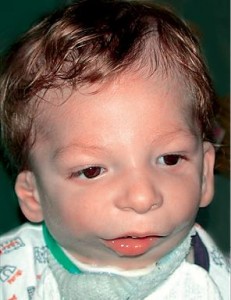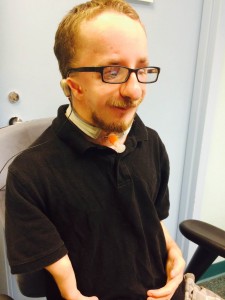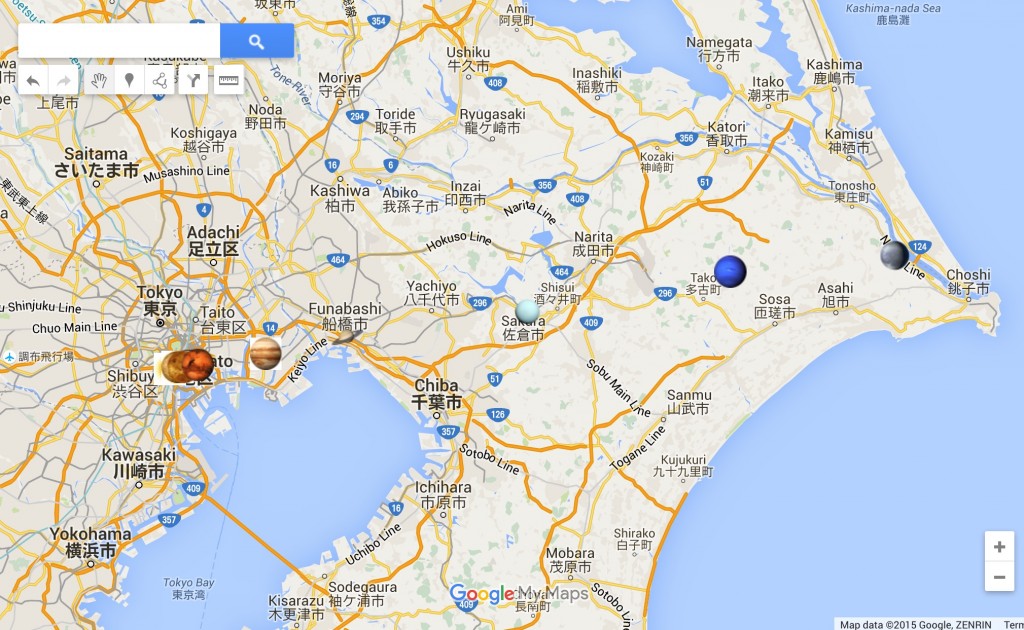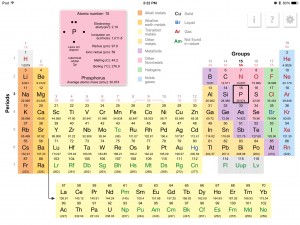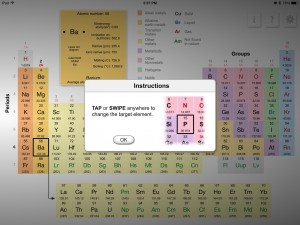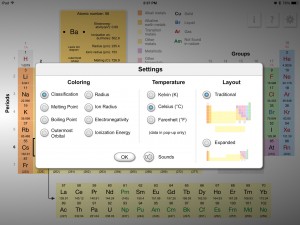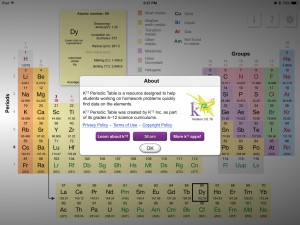Mutation Story: Nager Syndrome
I am Jimmy’s SF3B4 gene. I am supposed to be on chromosome 1q12-q21, but I am on a permanent vacation and I am never coming back. It is not my fault though; I can not help it. Jimmy’s uncle’s SF3B4 gene was absent too. Jimmy inherited it.
I knew that when I left little Jimmy, he would get a rare syndrome called Nager Syndrome. This syndrome would cause craniofacial malfunctions, like underdeveloped cheekbones, a underdeveloped lower jaw, underdeveloped ears, and a cleft palette. He would also have no tissues on his lower eyelids, as well as no lower lashes. His bones in his forearms will be fused together, making daily tasks, like writing, difficult.
Life will be hard for Jimmy. He will likely have a hearing impairment because of his underdeveloped ears. The hearing impairment could also lead to speech delays. He will have trouble playing sports because of his arm motion will be limited. If his cleft palette is not fixed, he will have breathing difficulties later in life. There is also a chance that Jimmy will have scoliosis or a dislocated hip; this will also make life very challenging for him.
Even though Jimmy will have all these complications with his body, his mind will still be his own. He will have a mind just like any other child his age, but the other kids might not see him as equal. He will also have normal life expectancy.
The doctors will tell Jimmy’s mother about Jimmy’s syndrome at birth. They will need to insert tubes into his body to help him eat and breath. Jimmy’s parents will think that this is unfair! But, they should’ve known that there was a 50% chance that the syndrome would have passed on.
There is no “cure” for Jimmy’s syndrome. His life will include many trips to different doctors, paediatricians, physical therapists, speech therapists, phycologists and other healthcare professionals.
I am eternally sorry, Jimmy. I wish that I could have stayed and watched you grow. But I needed to leave. Just know that your family and friends love you.
1.) What questions did you need to research in order to create your mutation story?
Some examples of the questions I researched were: “How does nager syndrom affect the body?” How does nager syndrom affect the mind?” “Is nager syndrome inherited?” “How is nager syndrome treated?”
I also found it more efficient to search key words, i.e. “nager syndrom life span”
2.) What new or familiar digital tools did you try to use as you worked through this project?
I used google as a primary source of information, but I also used YouTube as a source.
3.) What was the process you used to investigate this topic?
I googled main questions and key words. I chose trust-worthy websites with many good reviews. I also checked other websites sources to check if the information correlated. I only included information that was cited and correct.
4.) How did you verify and cite the information you found?
I verified that the information that I collected was accurate by correlating with other websites and videos.
5.) How did the process of completing this challenge go? What could you have done better?
The easiest part of completing this challenge was the research. I found many trust- worthy sites on Nager syndrome. The hardest part was piecing the information together correctly and creating a story where I was the mutated cell. If I could re-do this project over again, I would try to find some primary sources, like a person with this disease, or a close relative.
Sources:
http://www.orpha.net/consor/cgi-bin/OC_Exp.php?Expert=245
http://rarediseases.org/rare-diseases/nager-syndrome/
